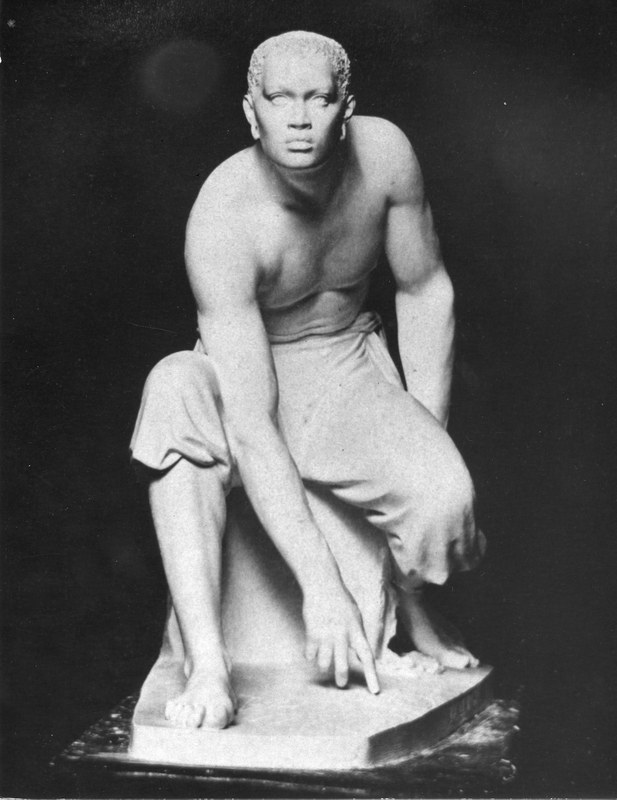Art: A Sisterhood of Sculptors
Questions
- How do the Anglo-American sculptors re-imagine Italy via their work?
- How does their work intersect with other key debates (slavery, women's suffrage, sexuality and same-sex relationships?)
- Explain how the political voice of the artists is communicated via their sculpture.
- How was the women's work received and how were they viewed by others?
Key Reading
Harriet Hosmer: Clasped Hands of Robert and Elizabeth Barrett Browning, Beatrice Cenci and Zenobia in Chains
Edmonia Lewis: Preghiera and Forever Free
Anne Whitney: Roma and Toussaint L'Ouverture in Prison
Melissa Dabakis, A Sisterhood of Sculptors: American Artists in Nineteenth-Century Rome, esp pp. 93-148
Deborah Cherry, Beyond the frame: feminism and visual culture, Britain 1850-1900, esp chapter 4, 'Harriet Hosmer's Zenobia'
Jacqueline Marie Musacchio with Jenifer Bartle and David McClure, assisted by Kalyani Bhat, 'Mapping the “White, Marmorean Flock”: Anne Whitney Abroad, 1867–1868', Nineteenth-Century Art Worldwide, 13 (2014)
Further Reading
Kate Culkin, Harriet Hosmer: A Cultural Biography
“old maids, sister-artists, and aesthetes”: Charlotte Cushman and her circle of “jolly bachelors” construct an expatriate women's community in Rome, Women's Writing, 10 (2003)
Charmaine A. Nelson, The Color of Stone : Sculpting the Black Female Subject in Nineteenth-Century America
Lisa B. Reitzes, 'The Political Voice of the Artist: Anne Whitney's Roma and Harriet Martineau', American Art, 8 (1994)
Martha Vicnus, 'Laocooning in Rome: Harriet Hosmer and Romantic Friendship', Women's Writing, 10 (2003)

Anne Whitney, Toussaint L'Ouverture in Prison
